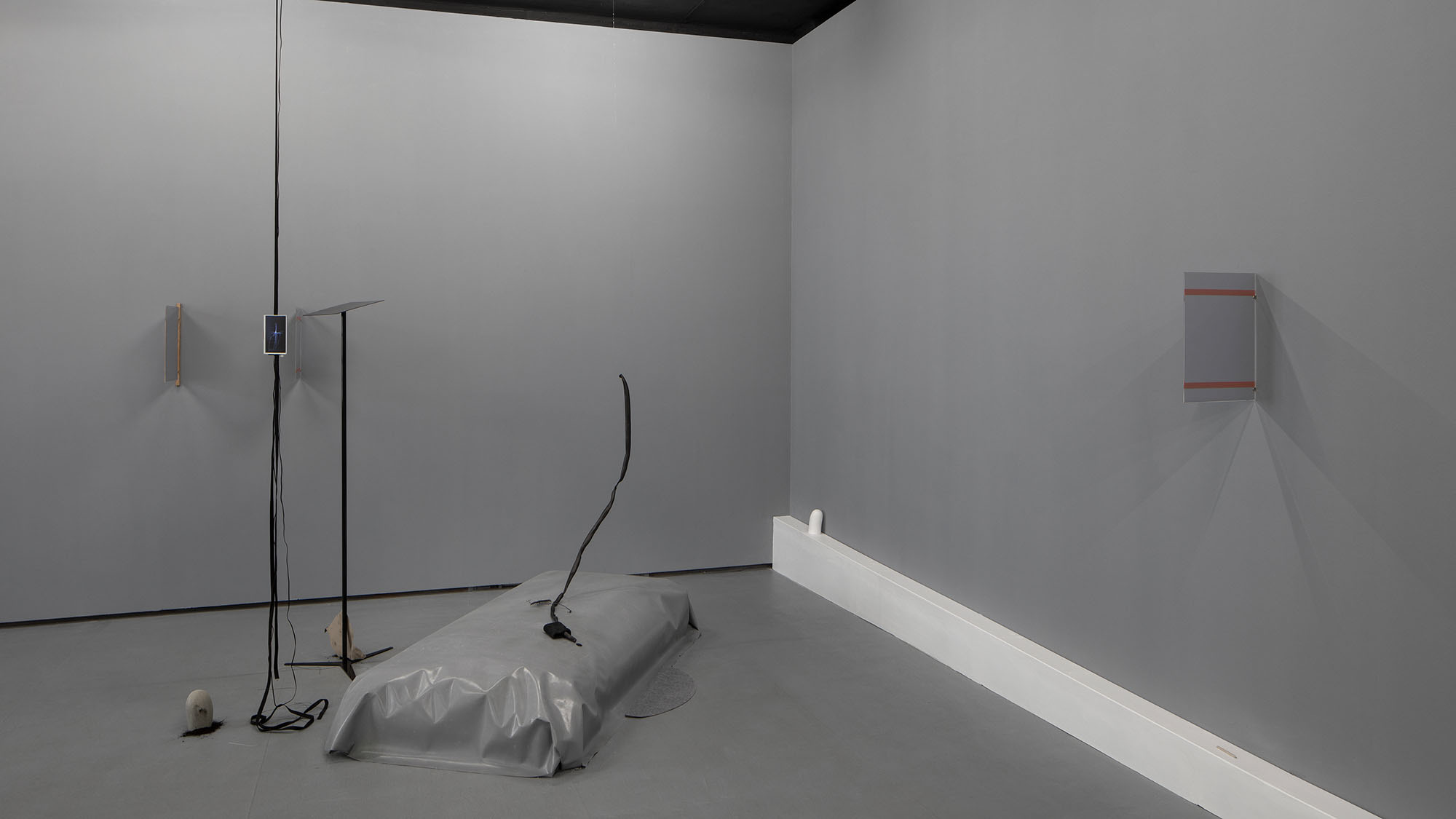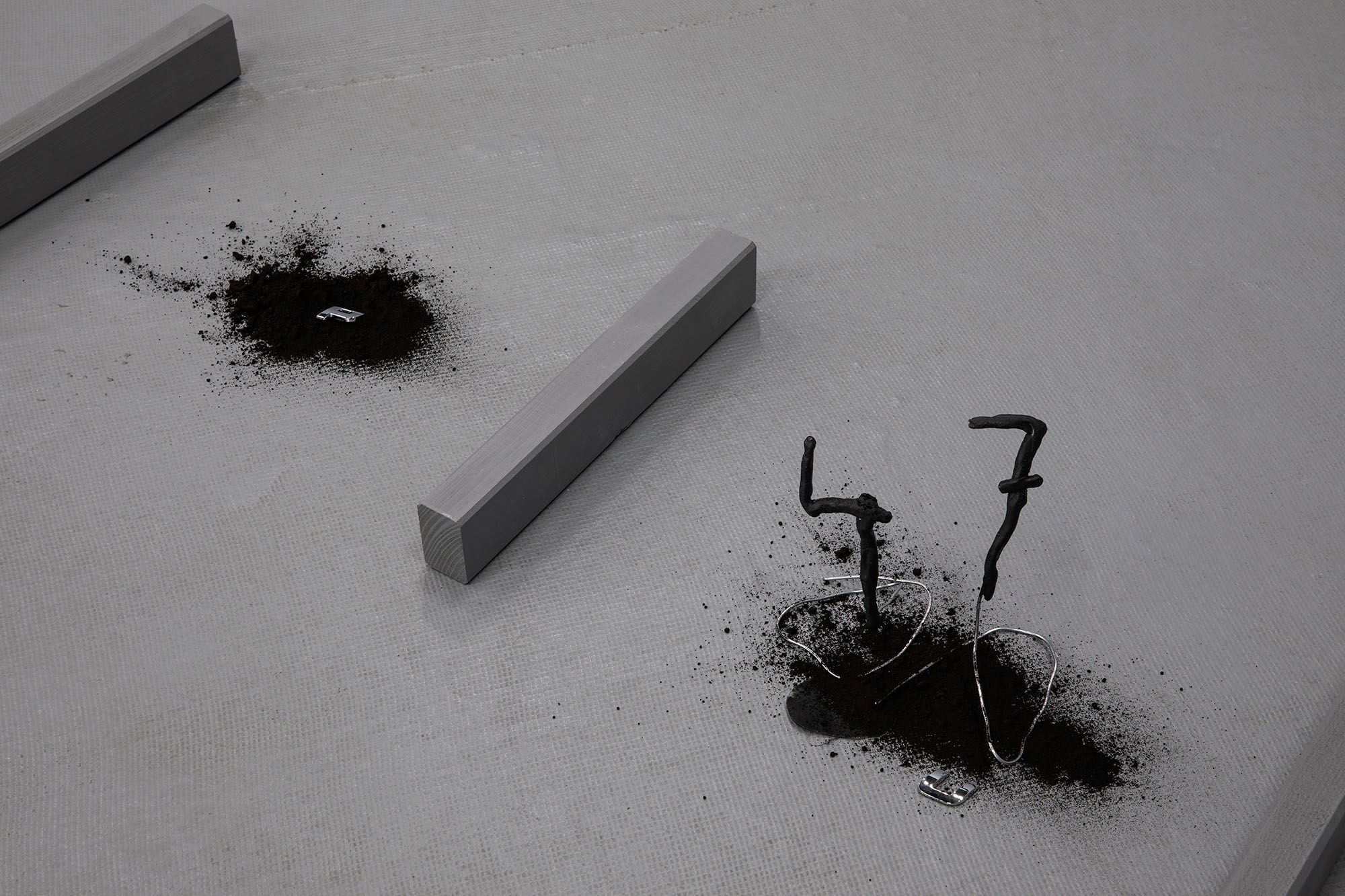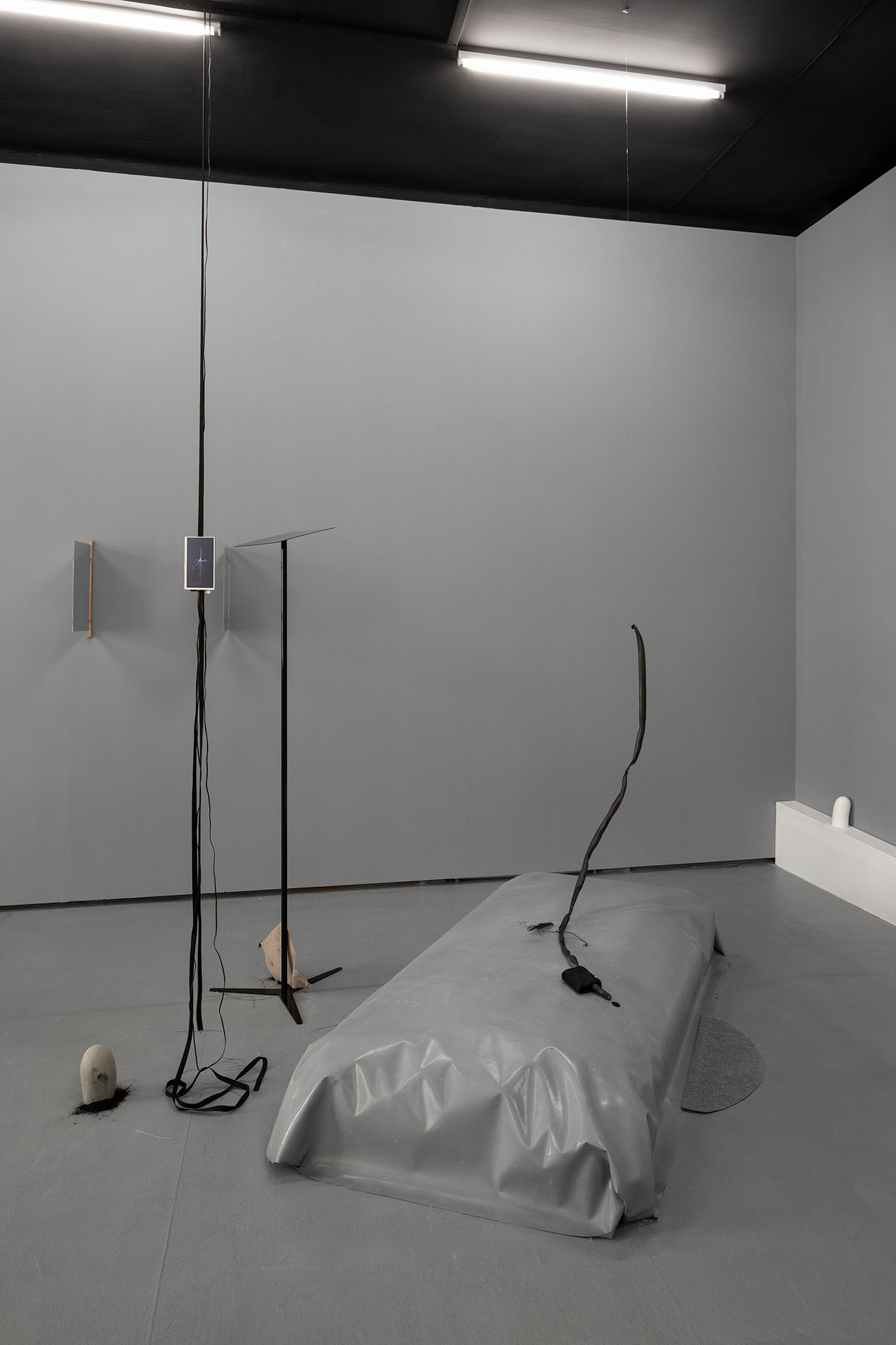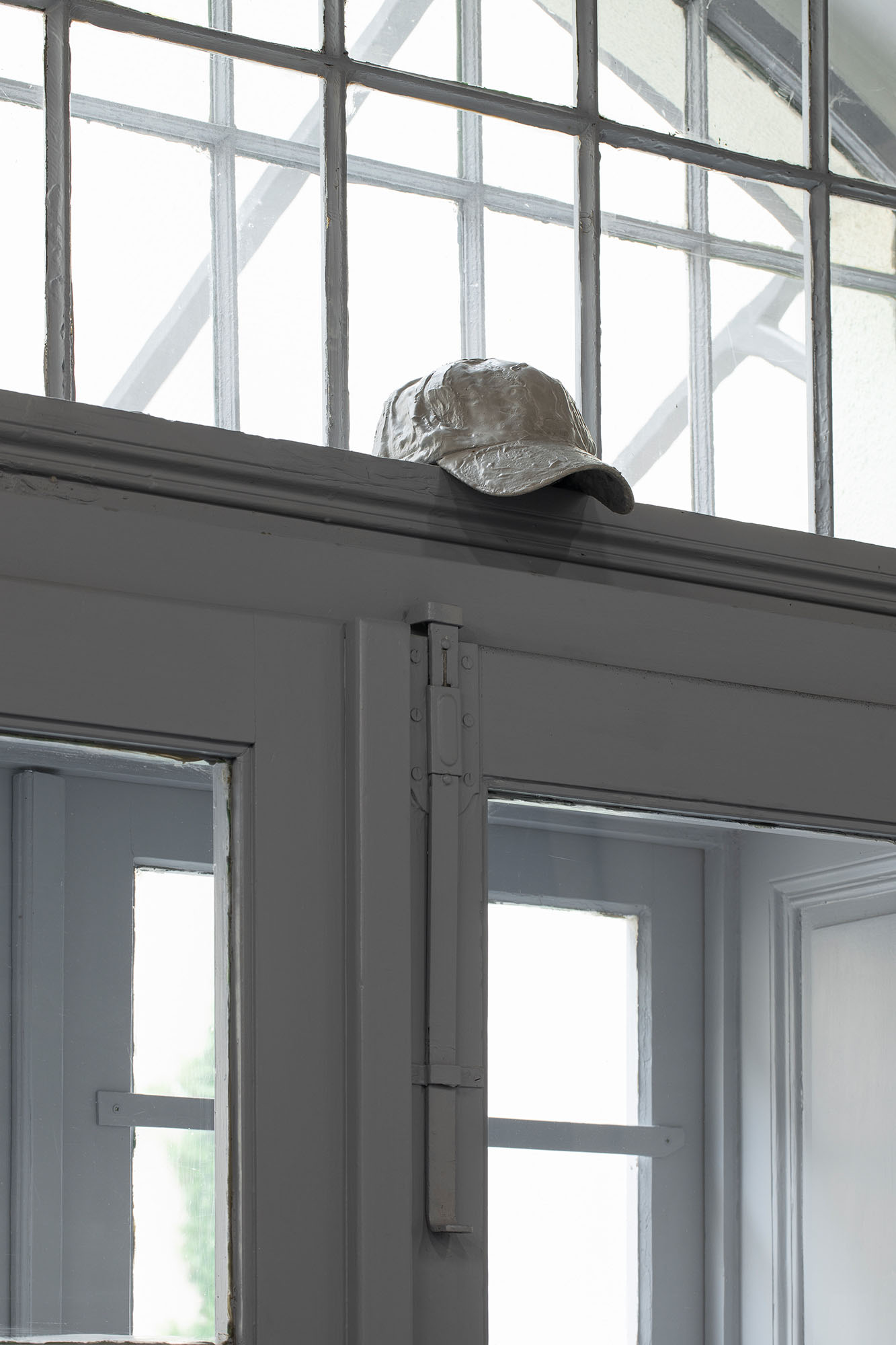Artist: Petr Strouhal
Exhibition title: USPS
Curated by: Jiří Havlíček
Venue: Polansky Gallery, Prague, The Czech Republic
Date: May 16 – July 13, 2019
Photography: all images copyright and courtesy of the artist and Polansky Gallery, Prague
In the garden I glimpsed a cheap replica of an ancient statue. The naked woman had bent arms which suddenly ended with wrists. I saw the statue in motion, from the window of a passing tram. For a moment, the statue’s pain seemed real. Amputation means the separation of a peripheral part of the body from the whole, the stump is a reminder of the missing limb. The English word “computer” has the same root as amputation. In Latin, the word “putare” originally meant “to cut”, later “to reckon”. Computation is addition, amputation is subtraction. One leg instead of two. The best-known stumps include the missing left leg of the chief villain in Treasure Island. At the end of the 19th century, the writer Robert L. Stevenson created an archetype of pirate which has sur-vived in our imagination to this day. It was modelled on Stevenson’s friend who had lost a leg in his youth due to tuberculosis. Although the wooden leg (or a hook instead of a hand) was a literary fantasy, it is possible that amputation of legs might have been common among pirates, owing to various untreated injuries ending in gangrene. Stevenson was a popular author in his time; howev-er, at the beginning of the 20th century some modernist critics branded him a second-rate writer, and for most of the 20th century he became relegated to the genre of adventure fiction for chil-dren. For a long time, his name was even left out from some of the academic dictionaries of litera-ture. Vilém Flusser described the arriving era of digital images as adventure society or adventure form of life.
At the end of 2017, the city council in Rome headed by the Five Star Movement pushed through the rehabilitation of Ovid, an ancient poet forced to spend the last years of his life in exile in the territory of present-day Romania. More than two thousand years later, the poet finally received a public apology. One of his books features a giant called Polyphemon, also known as The Stretch-er. Legends tell us about his cruel practices. He would invite travellers to his house and kill them in a most horrible way. Tall people were offered beds that were too short, and the giant then cut off the protruding body parts. In contrast, short visitors were forced into large beds, and he would stretch their bodies until they reached the size of the bed. Petr Strouhal works in similar fashion; he photographs found objects with the use of a specially modified scanner. He often employs waste and fragments of objects, which he arranges into bizarre still lifes in front of the lens. He stretches and cuts off at the same time. The exposure takes several minutes, but the whole pro-cess requires dozens of tries. The result is often uncertain. Some images show parts of bodies. Digital art created by the amputated fingertips of an armless dead goddess.


































